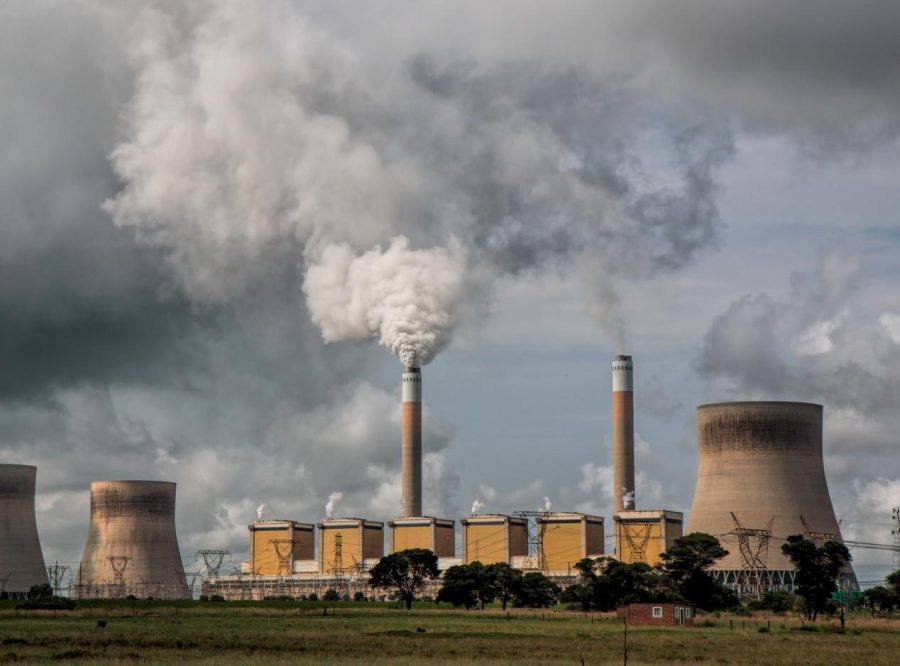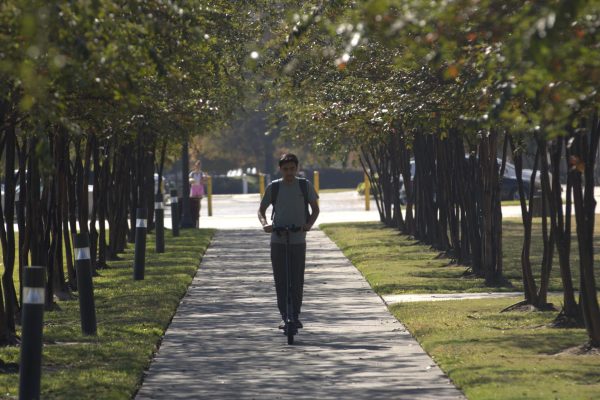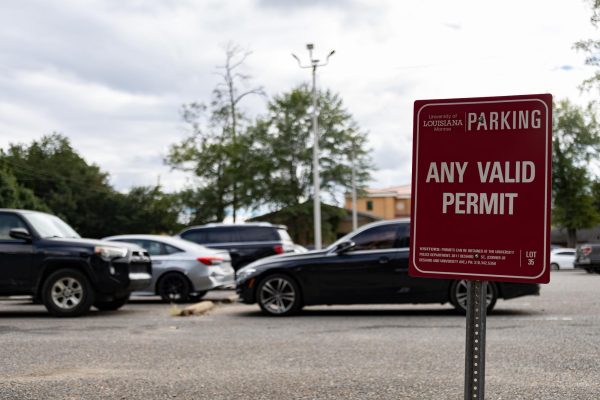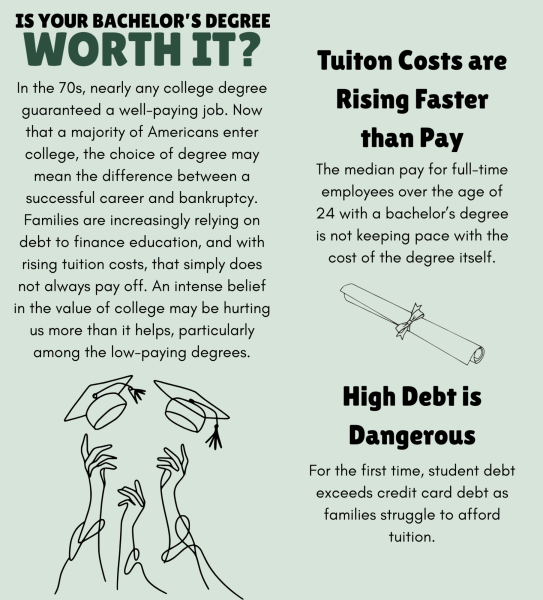Louisiana needs to eliminate deadly pollution
Driving down from Monroe to my family in Houma, I always pass through the hazy area known as “Cancer Alley.”
This 85-mile stretch of land hosts over 200 different factories and refineries, according to the Natural Resources Defense Council. St. Charles, St. James and St. John the Baptist parishes host most of Cancer Alley’s factories. Stretching from Baton Rouge to New Orleans, these factories have been emitting toxic chemicals into residential neighborhoods.
Cancer Alley should limit production until officials can ensure residents are being protected from the factories’ harmful pollution.
Cancer Alley is the modern-day equivalent of a wasteland, devastated by the greed of big businesses and Louisiana officials alike. Worst of all, the chemicals released in this area primarily affect people of color.
The Environmental Protection Agency (EPA) is a government agency that researches and investigates health risks associated with unsafe environments. According to the EPA’s National Air Toxics Assessment Map, African American neighborhoods in St. James Parish are projected to have 105 cancer cases per 1 million citizens. In comparison, the white neighborhoods of St. James Parish are projected to have 75 cancer cases per 1 million citizens.
These businesses in Cancer Alley are not only releasing harmful chemicals such as benzene and chloroprene into the environment; they are also disproportionately affecting minority communities.
Yet, Louisiana environmental officials continue to ignore the clear warning signs that Cancer Alley is dangerous and unsafe. Their lack of action shows that the state is turning a blind eye to the struggles of its citizens.
Despite receiving complaints from critics, Louisiana officials have refused to shut down Cancer Alley. Instead, politicians are trying to dispute the claims of residents that are supported by scientific and government research.
In a letter to the EPA, Sens. Bill Cassidy and John Kennedy argued the EPA offered no evidence to support their finding. The two senators wrote that “any rushed action on the facilities could have a national impact.” Of course, the two senators blatantly ignored the local impact these facilities have on residents. Louisiana has been valuing profit over its citizens’ health for decades.
While I understand that shutting down Cancer Alley could devastate the economy, citizens should not be suffering due to circumstances outside their control. It would be impossible for all the residents of Cancer Alley to move into different, safer areas. It would also be impossible for every employee in Cancer Alley to find a new job.
The best solution would be to limit the products manufactured by facilities in the region. Louisiana environmental agencies should focus on working with the EPA to decrease emissions and pollution. Then the agencies have time to fix the issue without critically damaging the state’s economy.
We should stop polluting the Boot. Acknowledging the dangers facing residents in Cancer Alley is the first step.






